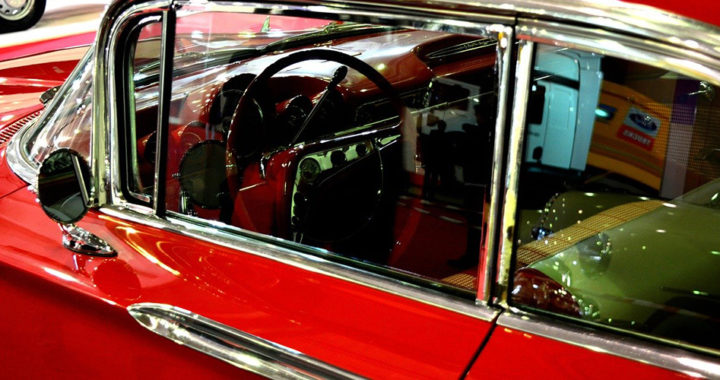A ceramic coating or nano-ceramic coating is a process of applying a liquid polymer on the exterior surface of an automotive vehicle to protect the paint from fading, minor scratches and abrasions, and stains, thus preserving luster and minimizing carwash frequency.
Note that the exterior of a vehicle is regularly exposed to elements and objects that can damage its appearance over time. Examples include minuscule dust while the vehicle is moving, exposure to smog and rain, harsh weather conditions such as too much heat or cold weather, water spots, grime, and occasional scuffing against other objects.
Pros: Advantages and Benefits of Ceramic Coating
A ceramic coat works either as a permanent or semi-permanent coating that binds to the substrate or paint on a microscopic level, thus giving the entire exterior a secondary layer. It is essentially a sacrificial layer of protection that spares that preserves the paint.
Below are the specific advantages or benefits:
• Ceramic coating creates either a permanent or semi-permanent bond with the paint. Hence, unlike a wax coating, it does not wash away, break down, and it does not require repeated applications.
• It can also protect the paint from the ultraviolet radiation coming from the sun and lessen oxidation. Ultraviolet exposure oxidizes the paint, resulting in dull and faded color or reduced sheer and luster.
• The coating also creates a chemically resistant surface. Hence, its application protects the exterior of a vehicle from chemical staining due to acidic contaminants. It also prevents chemicals from binding with the paint.
• Another benefit of ceramic coating is that it makes cleaning easier. The liquid polymer makes the surface hydrophobic or water repellant by sealing all the microscopic pores. Essentially, it makes mud, grime, and contaminant slide off easily.
• The applied layer is also completely transparent. Moreover, it enhances the reflective properties of the paint, thereby making the exterior look glossier while adding depth and clarity to the color.
Cons: Disadvantages and Limitations of Ceramic Coating
Of course, it is important to remember that applying a ceramic coating is not a permanent solution to keeping the exterior good as new. It is impossible. Some drawbacks might be discouraging to vehicle owners.
The following are the specific disadvantages and limitations:
• The coating does not make the exterior of a vehicle resistant to scratches. Hard contact against objects would definitely create scratches. A coated vehicle is not also safe from swirl marks from techniques used in washing cars.
• Water spots are still inevitable. Remember that the coat only makes the surface replant to water. However, when the water evaporates, it leaves minerals or other contaminants that that in turn, leave water spots.
• A notable limitation of ceramic coating is that its application can be costly. Service providers charge between USD 500 to USD 2000 depending on the type of the coat and the process or technique employed.
• While there are do-it-yourself kits available for end consumers, it is advisable to have the vehicle services by a trained and certified professional. The kits also have different properties or specifications. Thus, this can be another disadvantage.
FURTHER READINGS AND REFERENCES
- Inagaki, M. 2000. Carbon Composites. New Carbons: Control of Structure and Elsevier. DOI: 10.1016/B978-008043713-2/50007-8
- Shin, K. S., Qian, Z. Y., and Zhuang, M. S. 1988. “Microstructure and Properties of Sprayed Ceramic Coating.” Journal of the American Ceramic Society. 71(11): 924–929. DOI: 1111/j.1151-2916.1988.tb07559.x
- Vert, R., Carles, P., Laborde, E., Mariaux, G., Meillot, E., and Vardelle, A. 2012. “Adhesion of Ceramic Coating on Thin and Smooth Metal Substrate: A Novel Approach with a Nanostructured Ceramic Interlayer.” Journal of Thermal Spray Technology. 21(6): 1128–1134. DOI: 1007/s11666-012-9798-2





